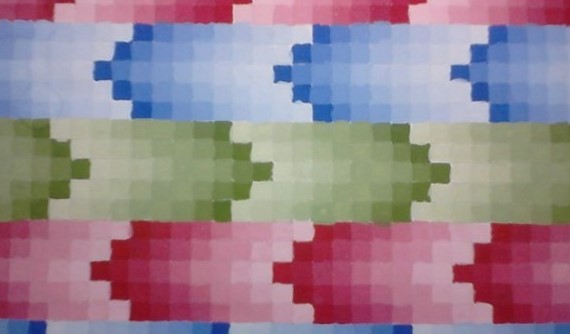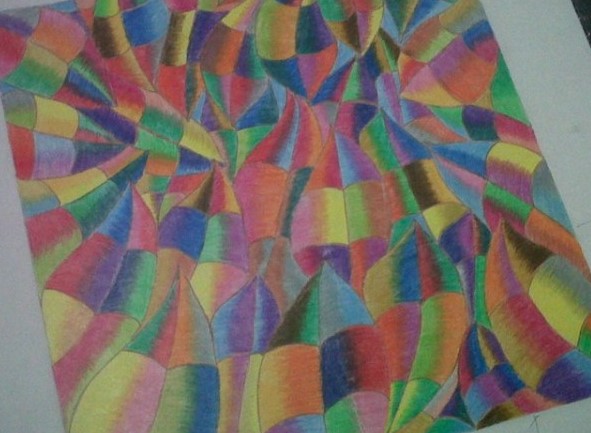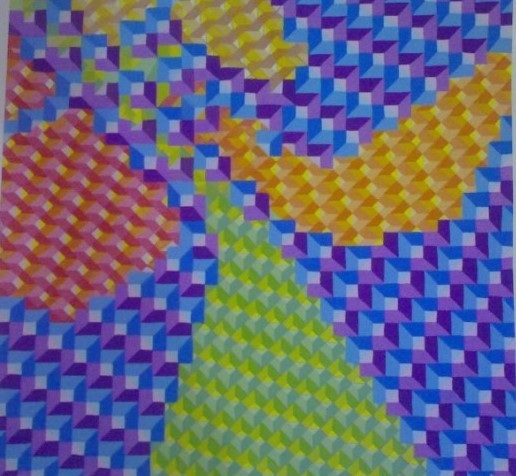Nirmana
This time we will discuss papers about nirmana which include understanding, element, type, the function and example of the picture is complete and clear
Understanding Nirmana
Nirmana is the arrangement of visual elements, like shape, line, color and texture, which becomes a unity that looks beautiful or has the desired effect. Nirmana comes from two words, that is: “nir”, which means & ldquo; not & rdquo;, and & ldquo; which & rdquo;, which means & quot; shape & rdquo;, & ldquo; meaning & rdquo;. So, if we conclude that nirmana is the beginning which has no form / meaning and can be converted into visual works by processing visual elements based on principles or applications based on principles.
other than that, nirmana also has the meaning of imagination in 3D and 2D, which has a beauty value. The procedure for preparing various visual elements is itself a design principle. But the procedures and elements are packaged through a more focused hierarchy, became Nirmana Dwimatra for 2D visual works (two dimensions) and Nirmana Trimatra for 3D visual works (three dimension)
Nirmana Elements
The following is 6 basic elements that form the shape of a work of art, including the point, line, field, shape, color and texture.
1. point
The point is the most significant or fundamental two-dimensional element of art. With a dot, You can develop in lines or even planes. For example, in the picture, the beginning is a point, and in any case, it ends at a point.
2. Line
Lines are the result of real scratches and boundaries of objects, room, time series, and color. A line is formed from a set of points that lie together, so it can be long, short, thick, straight, horizontal, vertical, diagonal, etc.
3. Field
An aircraft is a planar shape without thickness, has a long dimension, wide and wide, have direction, position and bounded by lines. The shape of the field can be organic, corner, geometric, irregular or rounded.
4. Form
The shape is the result of a dot, line, visible field. No matter how small the point of course has a size, expression, color, and texture. The form consists of two types, that is:
- A two-dimensional shape that only has length and width
- Three-dimensional figures have lengths, width and volume / thick.
5. Color
With color means the impression that light creates in the eye, therefore, food-free colors are not formed without light. All light is created as a result of the reaction of white light that hits the surface and then reflects part of the spectrum.
6. Texture
Texture is the value of touching a surface, both real and virtual, can be rude, slippery, smooth, dll. Based on vision, the texture is divided into two parts, that is:
- Real texture that is texture, when touched or seen, will look rough and smooth
- Pseudo structure, mis. Textures that don't have the same impression, visible or affected. Textures are all due to perspective and bright darkness.
Type of Nirmana
As we said above, nirmana has 2 a different type of space, these two spaces as follows :
- Nirmana Dwimatra
Dwimatra or 2D (Two Dimensions), which means dwimatra nirmana, namely design elements and principles intended for work that has 2D space. In this room, principles are not just used to create beautiful works.
But structuring the principles of art is also used to regulate the order (picture), which acts as an expression of the meaning or message that must be conveyed.
- Nirmana Trimatra
Nirmana trimatra atau 3D (Three dimension) are elements and design principles designed for work that has three-dimensional space.
Element content and the principle is actually almost the same as the 2D version, but this space has more dimensions, so there are some small additions. And this add-on is adapted to more dimensions in three-dimensional space.
Functions and Benefits of Nirmana
Nirmana serves as the main guideline that can be applied in the development of designs or beautiful works, as expected, and we understand the elements and the reasons why composition looks beautiful and beautiful. The problem lies in the principle or principle of art and design itself, but this principle certainly applies to elements of art and design: line, shape, field, color and others in part.
even though, the most important part of the creative process is instinct, absorption, taste, sensitivity to visual communication, or the creativity of the designer or artist itself. But not everyone has the experience and the favorable environment at this stage of the development of creative instincts. Nirmana is packaged in a workshop to train and hone his work.
Anyone who already has a high enough instinct and power of creativity will have more room for creativity, only has the desire to understand the various elements and principles of nirmana. Because nirmana is the essence and conclusions drawn from various projects and works of art that have been successful before.
Example Pictures





That is all from us, I hope this article will be useful, thank you
Other Articles :
- Poetry-prayer-gray-nawas
- Poetry-gray
- Year-end prayer
The post Nirmana appeared first on this page.